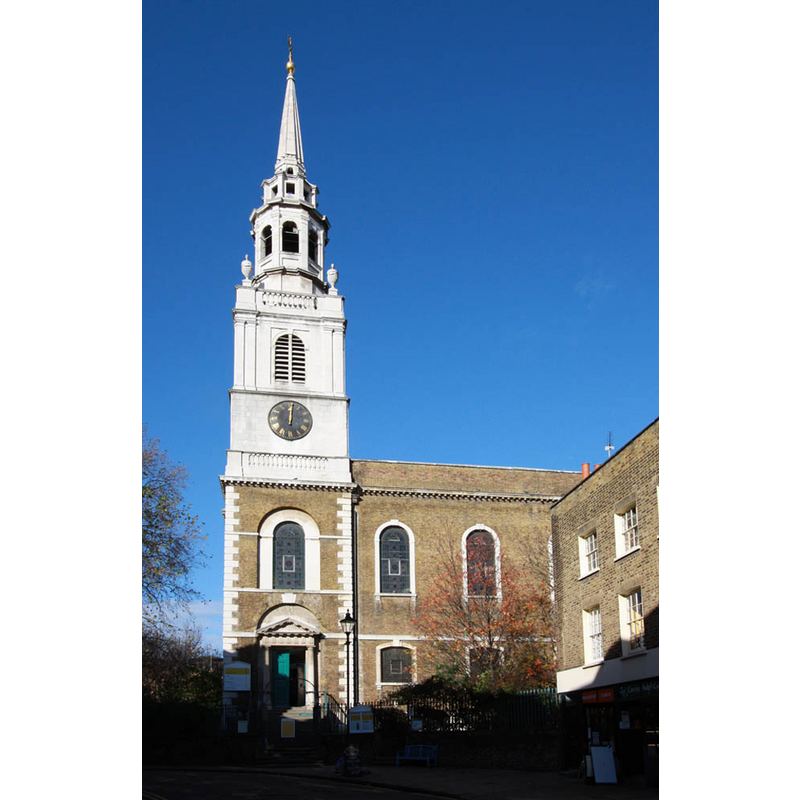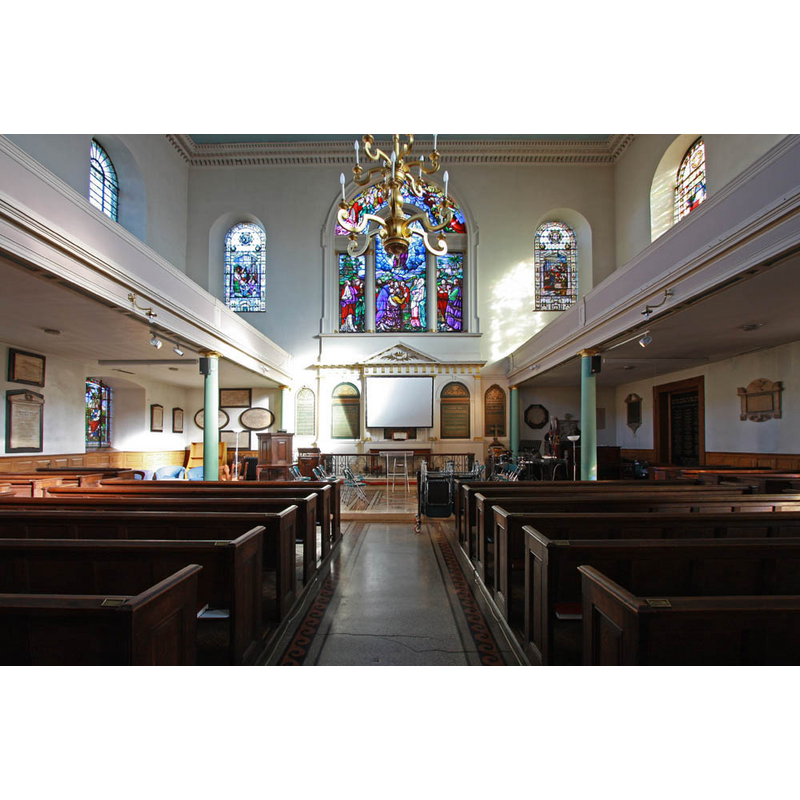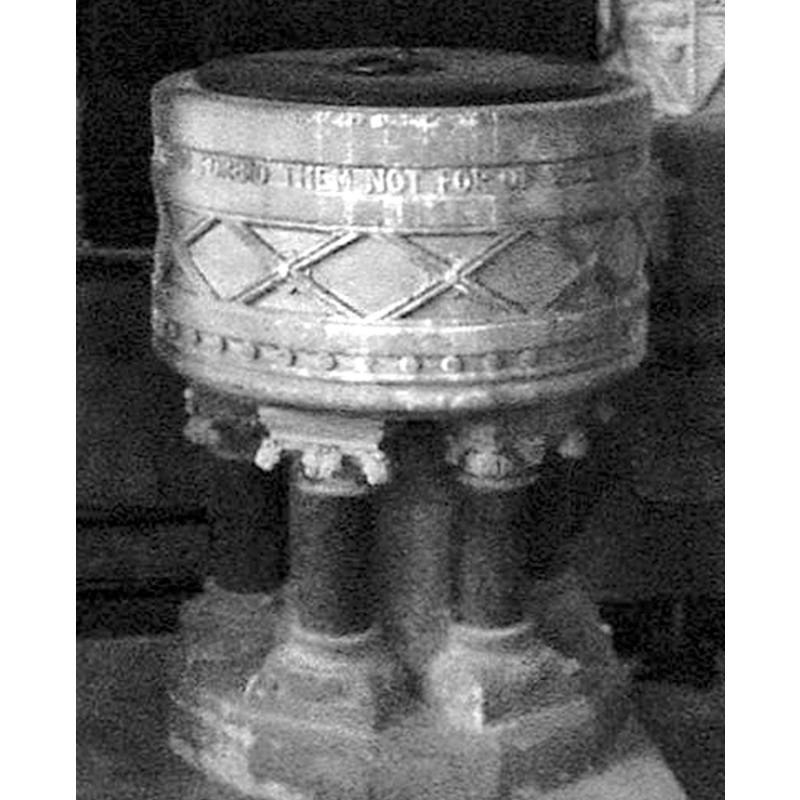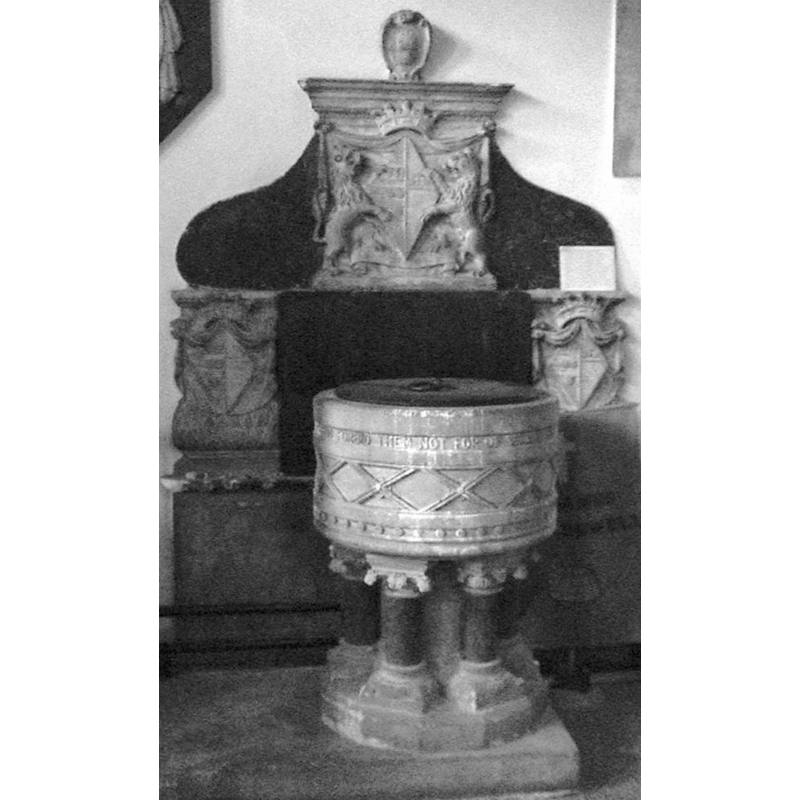Clerkenwell No. 1
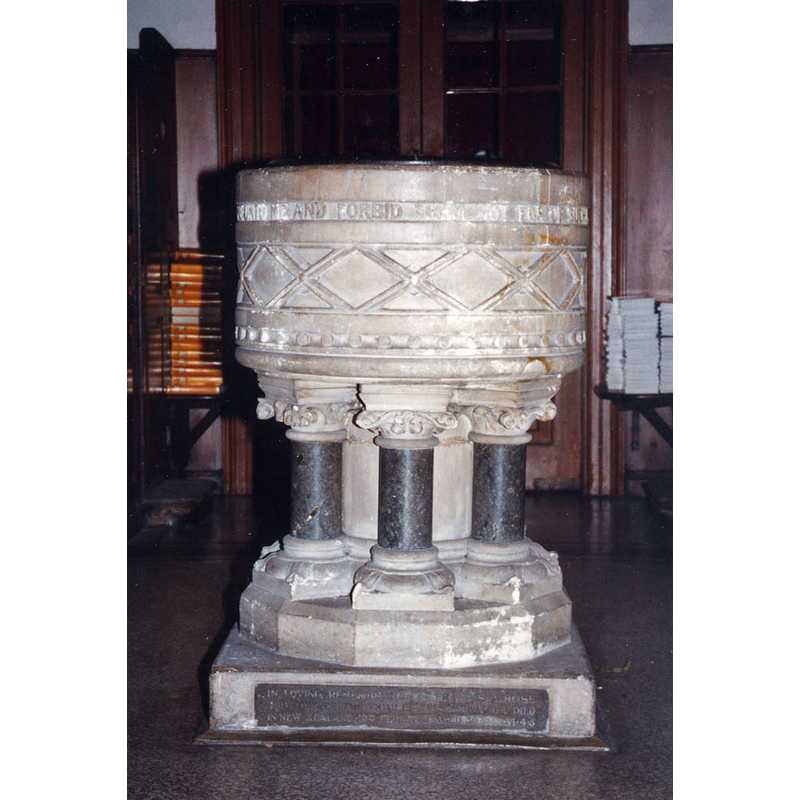
Image copyright © John Salmon, 2010
CC-BY-SA-2.0
Results: 5 records
view of church exterior - southwest end
view of church interior - nave - looking east
view of font
view of font and cover
INFORMATION
FontID: 12169CLE
Object Type: Baptismal Font1?
Church/Chapel: Parish Church of St. James [originally Priory Church of St. Mary]
Church Patron Saints: St. James [originally St. Mary]
Church Location: Clerkenwell Close, Farringdon, London EC1R 0EA, UK -- Tel.: +44 20 7251 1190
Country Name: England
Location: Greater London, South East
Directions to Site: Located off (E) the A201, just N of Clerkenwell Rd, N of St Paul's and the river
Ecclesiastic Region: Diocese of London
Date: ca. 1145?
Century and Period: 12th century (mid?), Late Norman
Credit and Acknowledgements: We are grateful to Carol Harmond [nee Baston], of www.bastonfamily.co.uk, for the photograph of this modern font.
Church Notes: original priory church; later became parochial even before the Dissolution and the dedication was St James
Font Notes:
Click to view
No individual entry found for Clerkenwell in the Domesday survey. Pinks & Wood's History of Clerkenwell (London, 1881: 25ff) write: "A religious house for nuns of the Benedictine order, founded early in the twelfth century by a Norman baron who then possessed the soil [...] The history of this once famous nunnery is involved in so much obscurity" because of the scant documentation that has survived. The authors add: "In this and in other records the nunnery is styled 'Ecclesia Sanctæ Mariae de Fonte Clericorum', or the Church of St Mary by the Clerks Well. It was founded on the site now occupied by the modern church of St James Clerkenwell and the adjacent buildings about the year 1100 in the time of William II by one Jordan Briset a wealthy Norman baron". The entry for this priory in the Victoria County History (Middlesex, vol. 1, 1969) adds: " It became one of the more important English nunneries, being twelfth in the size of its revenue at the Dissolution according to the Valor Ecclesiasticus. The priory lay immediately to the north of the house of the Knights Hospitallers of St. John of Jerusalem between the road to St. Albans and the Fleet river. It was founded c. 1145, shortly before its more famous neighbour and by the same founder, Jordan de Bricet. [...] The nuns' church, which was already parochial before the Dissolution, stood partly on the site of the later church of St. James, Clerkenwell. The cloister of the nunnery lay on its north side. The church and other buildings survived into the 18th century; the church, by that time much changed by alterations and additions, was demolished in 1788 to make way for the present church of St. James. By 1815 a small piece of wall to the north of the church was all that was left of the priory, and this disappeared in the course of the 19th century." The entry for the present church in Blatch (1995) notes: "Font. Dates from 1850." The Victorian font consists of a drum-shaped basin with a row of rhomboid pattern between two pairs of parallel flat mouldings; between the mouldings themselves, on the top pair, an inscription, on the bottom pair, a row of tiny circles; multi-coloured colonnettes around a central shaft form the base, in the preferred Victorian arrangement. Round wooden cover, probably of the same period. According to Baltch (ibid.) there had been several earlier church buildings in this site, but the present church is the work of James Carr and dates from 1792. [NB: we have no information on the earlier font(s) here].
COORDINATES
Church Latitude & Longitude Decimal: 51.5236, -0.1056
Church Latitude & Longitude DMS: 51° 31′ 24.96″ N, 0° 6′ 20.16″ W
UTM: 30U 700785 5712026
REFERENCES
Victoria County History [online], University of London, 1993-. Accessed: 2019-05-23 00:00:00. URL: https://www.british-history.ac.uk.
Blatch, Mervyn, Guide to London's churches (2. ed.), London: Constable, 1995
